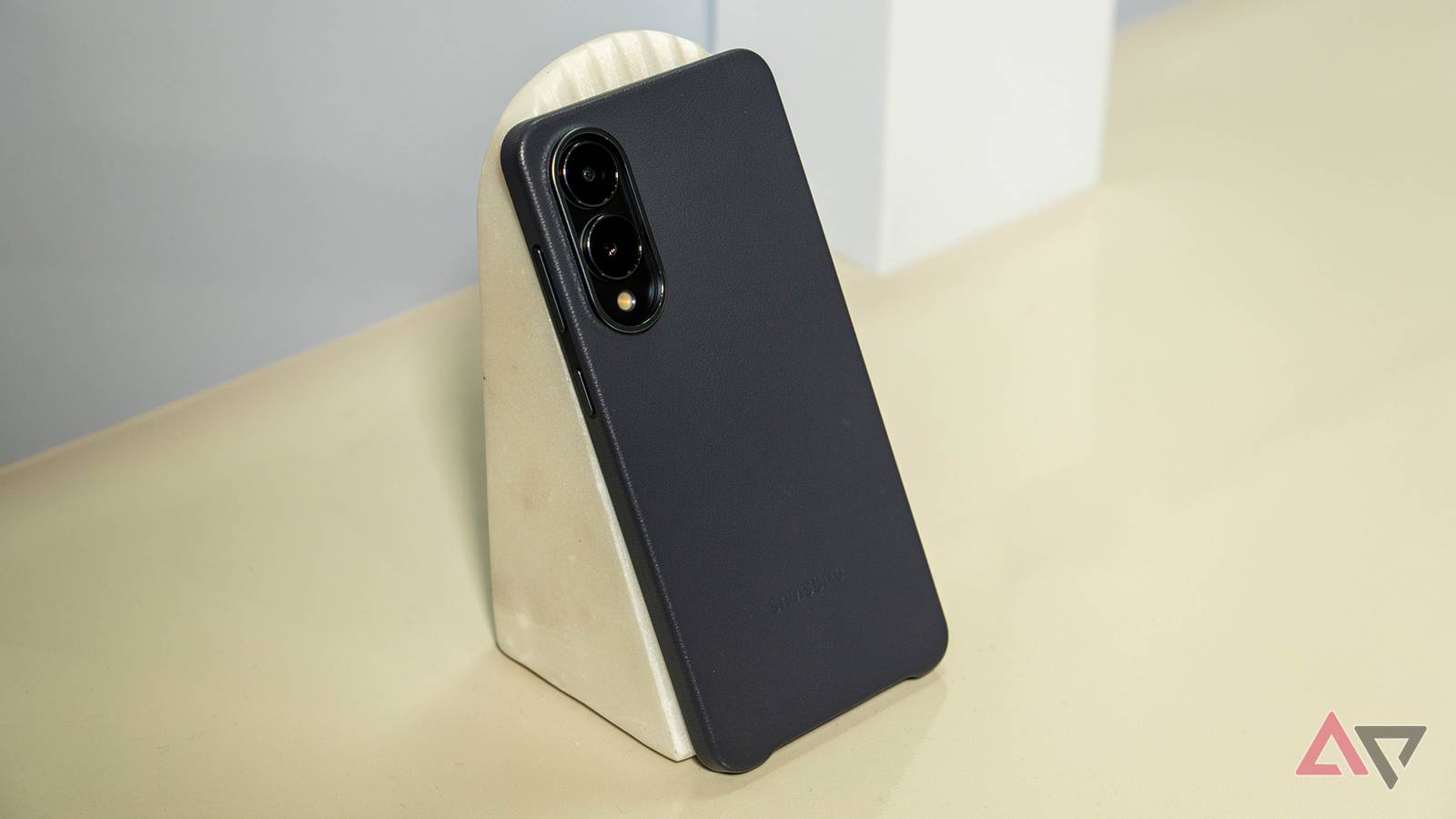- 0-20%: Unlikely – Lacks credible sources
- 21-40%: Questionable – Some concerns remain
- 41-60%: Plausible – Reasonable evidence
- 61-80%: Probable – Strong ecidence
- 81-100%: Highly Likely – Multiple reliable sources
Samsung was last reported to have started the mass production of its Exynos 2600 on its 2nm GAA process, with the chipset said to power various Galaxy S26 models. The Korean giant’s progress with its advanced nodes could provide some financial relief to Qualcomm and MediaTek, as both chipset makers could establish a partnership with a new foundry partner since TSMC does not appear to lift its foot off the price hike pedal.
The 50 percent price increase on TSMC’s 2nm process has been talked about previously, though conflicting information claims that each wafer will continue to cost $30,000 per unit, with the foundry behemoth introducing a hike on its 3nm ‘N3E’ and 3nm ‘N3P’ products to $25,000 and $27,000, respectively. Qualcomm and MediaTek are aware that things are expected to get more expensive as they transition to the 2nm technology next year, with Chosun stating that both companies are already eyeing Samsung as a viable alternative.
Qualcomm is already said to have formed a tag-team with the Korean manufacturer, with the San Diego firm reportedly evaluating a 2nm GAA version of the Snapdragon 8 Elite Gen 5 to use in future flagships. As for MediaTek, the media outlet did not specify the latter’s plans, though the company did announce that it had successfully completed the tape-out of its first 2nm SoC and would launch it in 2026.
Looking at the estimated prices of the Snapdragon 8 Elite Gen 5 and Dimensity 9500, which cost up to $280 and $200, respectively, it makes complete sense as to why Qualcomm and MediaTek would explore other options. Next year, it will not be surprising to see that the Snapdragon 8 Elite Gen 6 could cost upwards of $300, making life miserable for Qualcomm’s partners as they would either have to choose between sacrificing hardware upgrades or margins.
The winner in this entire scenario is Samsung, and with its 2nm GAA yields currently at 50 percent, the company has a platinum-grade opportunity to secure future orders from Qualcomm and MediaTek to bolster its foundry market share. Unfortunately, the company has tarnished its reputation over the years, so it will take tremendous effort from its end to convince both companies to pursue a dual-sourcing foundry partnership.
News Source: Chosun
Follow Wccftech on Google or add us as a preferred source, to get our news coverage and reviews in your feeds.
Source link

